What the ... ?
I grew several sweetgum seedlings for an herbicide crop safety trial I’d planned for next year. I started the seedlings last year and basically just ignore them since then. (Please don’t chastise me for being a neglectful plant dad.) After all, they’re sweetgums and basically weeds in my neck of the woods. If they weren't so responsive to the herbicide treatments I plan, I wouldn’t even pot them up. They’re destined to be hurt one way or another.
Something got to a few of them before I did. I’ve been losing one or two of them every week. The seedlings just wilted and, oddly, fell over. I didn’t think much of it until I’d lost about half a dozen of them in a row. A few here and there is no biggie since lots of things can happen to them. But a few weeks in a row ...? That’s a pattern, and whenever patterns occur in plant death, that’s kind of suspicious. So I took a good look at one that succumbed last week and found that something had gouged a big ol' hole at the base of the seedling.
What in the world was eating my sweetgums?
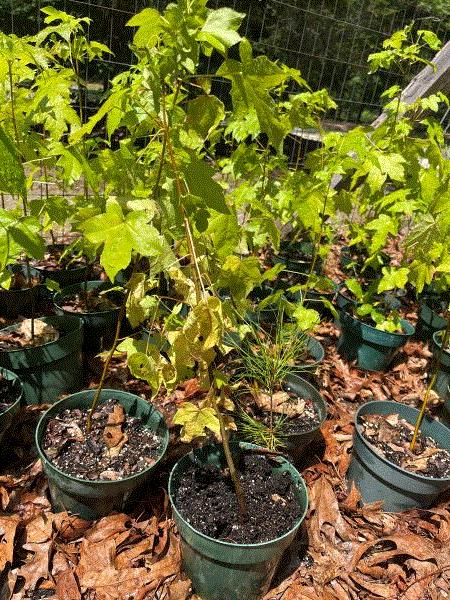
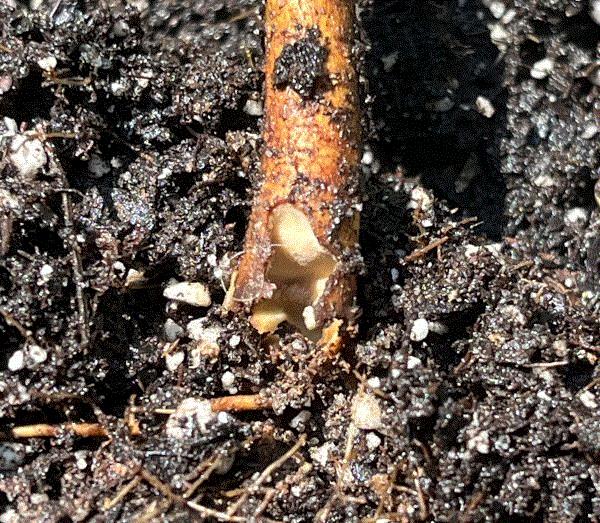

Poinsettias Are on Bill's Mind
Bill Calkins is right: I do have a love-hate relationship with poinsettias. I love that it has so many pest problems, which provides me with job security. But I hate the fact that I’ve never grown a poinsettia crop that I can say, “Ada boy—that’s a sellable crop!” in the past 20 years.
I understand the process and the importance of growing a profitable crop. But I’m a researcher and have a very different idea about plants that are grown as bug food or for experiments (like those poor sweetgums above). To understand this perspective and know how that differs from a grower’s perspective, read a short opinion piece by Tabitha Samuels Slattery (a full-time perennial grower for the Milton, Florida, location of Emerald Coast Growers and a part-time graduate student) in the July issue of GrowerTalks.
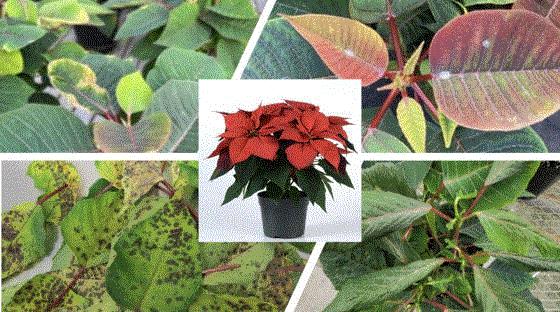
In last week’s Tech On Demand newsletter, Bill shared a few tips on preventing poinsettia issues that pop up every season, namely latex eruption (aka the crud), calcium deficiency, heat stress during propagation (my biggest challenge), Xanthomonas and leaf deformation due to heat stress. Bill not only provided ways to prevent these issues, but also explained why the issues occur. He, of course, also directed everyone to listen and watch the Tech On Demand podcasts related to poinsettia production.

Happenings in D.C.
I’m not political or partisan, so I don’t follow what’s going on in our nation’s capital. Y’all may get the impression that I live deep in the woods (which I do) and have a pack of vicious attack dogs. You may also think that it’s impossible not to hear anything political at all. My friends, you’ll be surprised how effective a life without TV and social media can help you be blissfully ignorant of all that.
Not that I don’t care; I simply have no time or the mental and emotional bandwidth for that. I have barely enough bandwidth to process (mind you, process, not seek out) information that’s related directly to my job, i.e. pest management, the development of pest management tools, and the education and assistance I can provide to y’all.
I figure somebody will tell me if something is important enough for me to care. I read “JZ on D.C.” that comes with each issue of GrowerTalks for political stuff that’s related to the horticultural industry. Tariffs, immigration law enforcement, the Farm Bill, crop insurance and cuts on research seem to be the dominant concerns.
In this slow news week, I want to pass on two pieces of news that may (or may not) impact the status of pesticide registration and use. Think of them as my public service announcements.
On June 27, CropLife America, an organization representing innovators, producers and distributors of pesticides in the United States, sent the Secretary of Health & Human Services, Robert F. Kennedy Jr., a letter emphasizing the importance of pesticides in producing fresh fruits, vegetables, whole grains and animal proteins.
Specifically, the group made 17 recommendations to the Make America Healthy Again (MAHA) Commission for its forthcoming report (scheduled for August 12). The initial assessment of the MAHA Commission, released on May 22, called out pesticides (glyphosate and atrazine specifically) as the causes of adverse health outcomes. In response, Alexandra Dunn, president and CEO of CropLife America, decried the “misleading and alarmist statements about pesticides.” (Go HERE to read a summary of the 17 recommendations and access the full 12-page letter.)
Also on June 27, EPA announced that Kyle Kunkler has been appointed to the role of deputy assistant administrator for pesticides at the EPA’s Office of Chemical Safety & Pollution Prevention (OCSPP).
Kunkler officially started his new role on June 30. OCSPP is charged with protecting “you, your family and the environment from potential risks from pesticides and toxic chemicals,” and implementing legislation concerning pesticide registration and use, such as the Federal Insecticide, Fungicide & Rodenticide Act.
Before joining EPA, Kunkler was a longtime farm industry lobbyist, directing government affairs for several trade organizations and advocating against restrictions on farm chemicals, and a known critic of Secretary Kennedy and the MAHA coalition.
How will this impact the future of pesticide development, registration and use in the United States? Will we see a faster approval of pesticide registration? Are we seeing the beginning of an EPA and MAHA showdown? I can only shrug. I don’t have a crystal ball and I’m not used to being a political commentator, so I’ll just leave it at, “only time will tell.”

Canker Management Webinar
Cankers are mysterious to me. Really! Think about it: You go about your day and notice that a few of your dogwoods or cherries just become chlorotic or they wilt even after you’ve increased irrigation or fertilization. There are no obvious outward symptoms. Sure, there may be some slightly discolored or sunken areas on the trunks, but they aren’t too alarming, noticeable or appearing on every tree that show the symptoms. Only when you cut the trees down that you find discoloration in the vascular tissues. You send samples in for diagnosis and are told that it’s a canker.
We entomologists find solace in that fact that we can usually see what we’re dealing with. We’re glad to let our pathologist colleagues take over the unseen dangers, such as cankers.
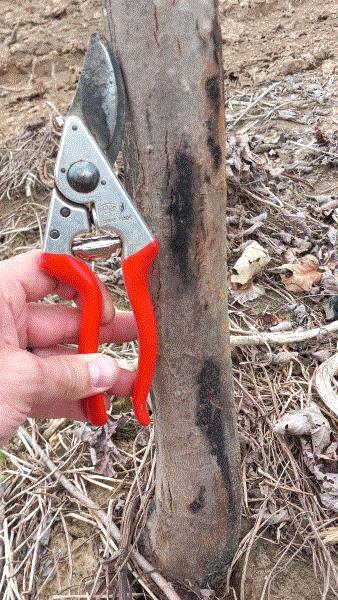
Oozing lesions may indicate canker disease infection. (Photo credit: Sam Marshall, North Carolina State University.)
Canker diseases are challenging. If you wish to learn more about this group of diseases, go HERE to register for a webinar organized by Sam Marshall of North Carolina State University Extension Service. The one-hour webinar is given by Fulya Basal-Gurel of Tennessee State University on Thursday, July 10 at 10:00 a.m. Eastern. Fulya will talk about several secondary pathogens, such as Phomopsis and Diaporthe, that cause cankers in woody ornamental crops in nurseries, their life cycles and how to manage them.
Go HERE to register for the webinar. The cost to attend is $10 per person. Be quick because the deadline for registration is Wednesday, July 9.

Education for Spanish Speakers
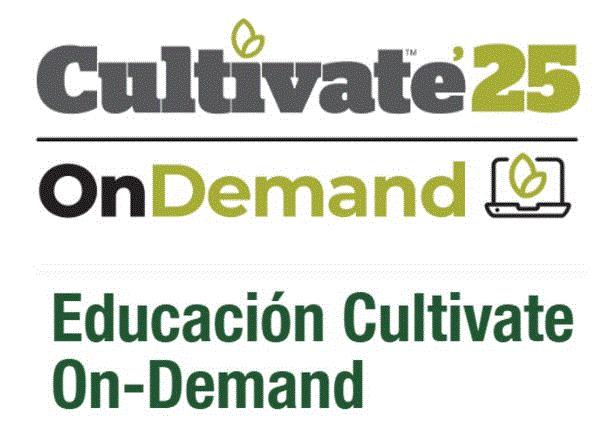
AmericanHort announced that some of its educational training is now available in Spanish. In addition to live Cultivate’25 sessions presented in Spanish, AmericanHort will also offer the Cultivate On-Demand Education Pass that allows subscribers to view 14 Spanish education sessions after Cultivate’25. Go HERE for the announcement and links to the Spanish sessions and events at Cultivate’25.
But, wait, there’s more! AmericanHort also translated several of its pre-recorded Back 2 Basics training sessions into Spanish. These sessions provide training on various aspects of growing and pest management, such as IPM and pesticide application. Go HERE for more information on the Spanish training sessions.
Answer to “What the … ?”
Termites were the culprit. Yes, there are trillions of subterranean termites in the woods and the grounds around me, but I’ve never seen them eating small live plants (and my plants) before. I was so taken aback that I didn’t even move fast enough to take pictures of the termites before they scurried back down the media and into their tunnels. A hole at the base of a dead sweetgum is all I can show you.
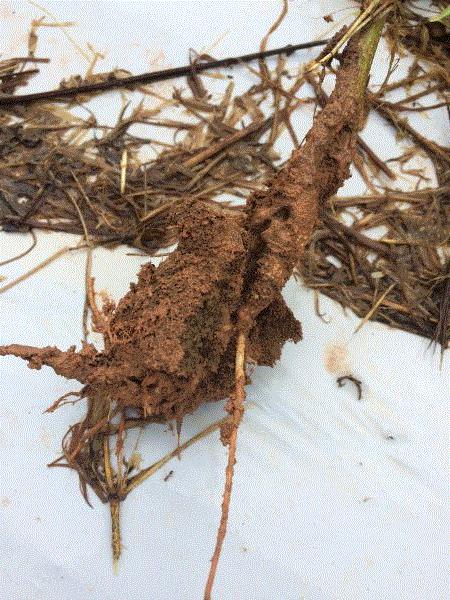
Fire ants build mounds around the base of a hemp plant so they can eat it securely.
I'd seen fire ants strip off the base of industrial hemp before. Just like in this case, I said, “That can’t be!” the first time I saw that. The second question was, “What in the world do they get from a plant?”
Termites are easy to understand; after all, they feed on plant material and are known to go after live plants. Fire ants, though, are mainly predators. But they'll also chew on plants to get moisture and other nutrients. The wounds opened up by fire ants (or other insects) also allow soilborne pathogens to invade the plants.



See y'all at Cultivate'25!

JC Chong
Technical Development Manager at SePRO
Adjunct Professor at Clemson University
This e-mail received by 27,847 subscribers like you!
If you're interested in advertising on PestTalks contact Kim Brown ASAP!